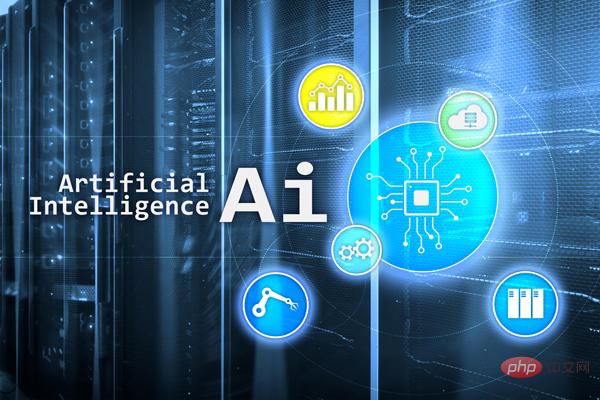
Human language is notoriously complex, and linguists have long believed that it would be impossible to teach machines how to analyze speech and word structure in the same way humans do.

But researchers at McGill University, MIT and Cornell University have already taken a step in this direction. They have developed an artificial intelligence (AI) system that can learn the rules and patterns of human language on its own.
The model automatically learns high-level language patterns that can be applied to different languages, allowing it to achieve better results.
When given words and examples of how those words change to express different grammatical functions in a language—such as tense, case, or gender—the machine learning model comes up with rules to interpret those words Why does the form change.
Researchers have developed an artificial intelligence system that can learn the rules and patterns of human language on its own. Credit: MIT Jose-Luis Olivares
For example, it might know that the letter "a" must be added to the end of the word to make the masculine form in Serbo-Croatian become feminine.
The researchers say the system could be used to test theories of language and study subtle similarities in the way different languages convert words. "We wanted to see if we could mimic the knowledge and reasoning that humans bring to this task," said co-author Adam Albright, professor of linguistics at MIT.
"What's exciting about this work is that it shows how we can build algorithms that can generalize from very small samples of language data, more like human scientists and children," said Assistant Professor in the department , said senior author Timothy O'Donnell, a PhD in linguistics from McGill University and Mila-Quebec's Canada Chair of CIFAR AI.
The construction and evaluation of automated, data-driven scientific models and theories is a long-standing challenge in artificial intelligence.
We propose a framework for algorithmically synthesizing models of a fundamental part of human language: morphophonology, the system for building word forms from sounds. We combine Bayesian inference with program synthesis and representation inspired by language theory and cognitive models of learning and discovery.
Across 70 datasets from 58 different languages, our system synthesizes human-interpretable models of core aspects of morphological phonology for each language, sometimes approaching models proposed by human linguists. Joint inference across all 70 datasets automatically synthesizes a meta-model encoding interpretable cross-language type trends.
Finally, the same algorithm captures a small amount of learning dynamics, acquiring new morphological phonetic rules from just one or a few examples.
These results illustrate the path to more powerful machine-supported discovery of interpretable models in linguistics and other scientific fields.
The above is the detailed content of Artificial intelligence that can learn human language patterns. For more information, please follow other related articles on the PHP Chinese website!
 Application of artificial intelligence in life
Application of artificial intelligence in life
 What is the basic concept of artificial intelligence
What is the basic concept of artificial intelligence
 How to set the computer to automatically connect to WiFi
How to set the computer to automatically connect to WiFi
 java string to number
java string to number
 Book of a5 and b5
Book of a5 and b5
 How to use the greatest function
How to use the greatest function
 What are the formal digital currency trading platforms?
What are the formal digital currency trading platforms?
 What are character constants
What are character constants




